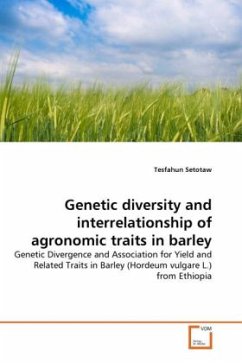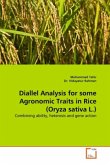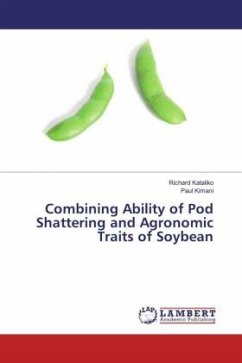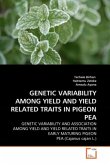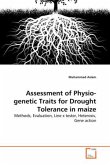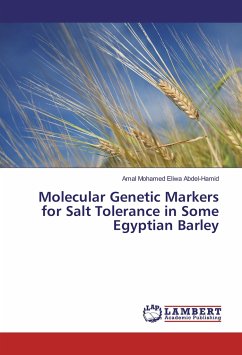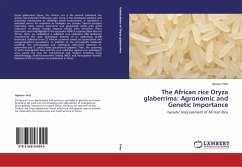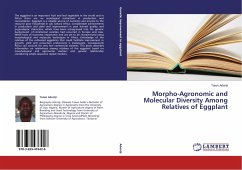Ethiopia considered as the secondary center of genetic diversity in Barley (Hordeum vulgare L.). The high genetic diversity observed in Ethiopian barley landraces was due to its diverse environmental and soil condition. Barley landraces from Ethiopia used as a source of genes for resistant to disease and agronomic traits all over the world. International research center such as ICARDA also used Ethiopian germplasms in their breeding program to developed different cultivars well adapted to the tropical and subtropical regions of the world. In any breeding program, the study of the existing genetic diversity within their base population is a key factor for their success. Therefore, understanding the genetic architecture of the base population related to diversity and understanding the interrelationship of yield components will be crucial. It helps to design appropriate crossing program by selecting parents with divergent genetic background that meet the breeding objective. It is also important to develop core collection. So it is valuable reference for the researchers, conservation specialists, development workers, graduate and undergraduate students.
Bitte wählen Sie Ihr Anliegen aus.
Rechnungen
Retourenschein anfordern
Bestellstatus
Storno

